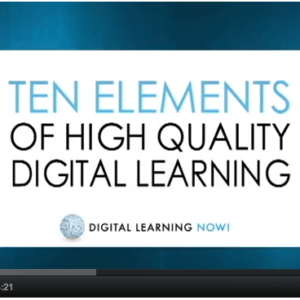More foreign language, math & science possible with digital learning
 A new advocacy group is forming to support second language acquisition. It’s a great idea for young people to learn several languages growing up. Selective colleges make studying a foreign language an entrance requirement. It’s easy to make a case for it in a global economy. Lots of educators are sympathetic to the idea but it has been difficult and expensive in practice to make it part of every school day.
A new advocacy group is forming to support second language acquisition. It’s a great idea for young people to learn several languages growing up. Selective colleges make studying a foreign language an entrance requirement. It’s easy to make a case for it in a global economy. Lots of educators are sympathetic to the idea but it has been difficult and expensive in practice to make it part of every school day.
There is growing demand for graduates with technical training but that requires high-level math and science courses in high school. But upper division STEM courses are particularly difficult for high schools to staff. It can also be a challenge to recruit students to what often appears to be difficult and/or boring courses.
Digital learning can help with both problems. It can make language learning an engaging, ubiquitous daily experience. And it can help bring science to life and tailor math instruction.
High school courses devoted to foreign language instruction may still be a good idea but it’s way too late to start at age 16. With all of the language learning apps for smartphones, there is no reason not to make language acquisition a fun family activity and part of every preschooler’s day. An elementary school can build language instruction into an online block of time every day.
Every student should have access to every Advanced Placement course. It’s now possible for every high school to offer every AP course, save money, and be assured of consistent quality.
I wish PHET had been around when I was learning physics. PHET is library of great science simulations available free from the University of Colorado. Digital learning can help classroom teachers engage and extend learning. Online learning can extend the reach of great teachers to students across a state.
Yesterday, Digital Learning Now released a video on Element 3: Personalized Learning, which urges state policymakers to authorize multiple statewide providers and to extend access to all students.
Element 3 also urges policymakers to eliminate limits to learning and allow students to take more than what traditionally has been a full load—why would we slow down a student that wants to learn more and graduate sooner?







0 Comments
Leave a Comment
Your email address will not be published. All fields are required.